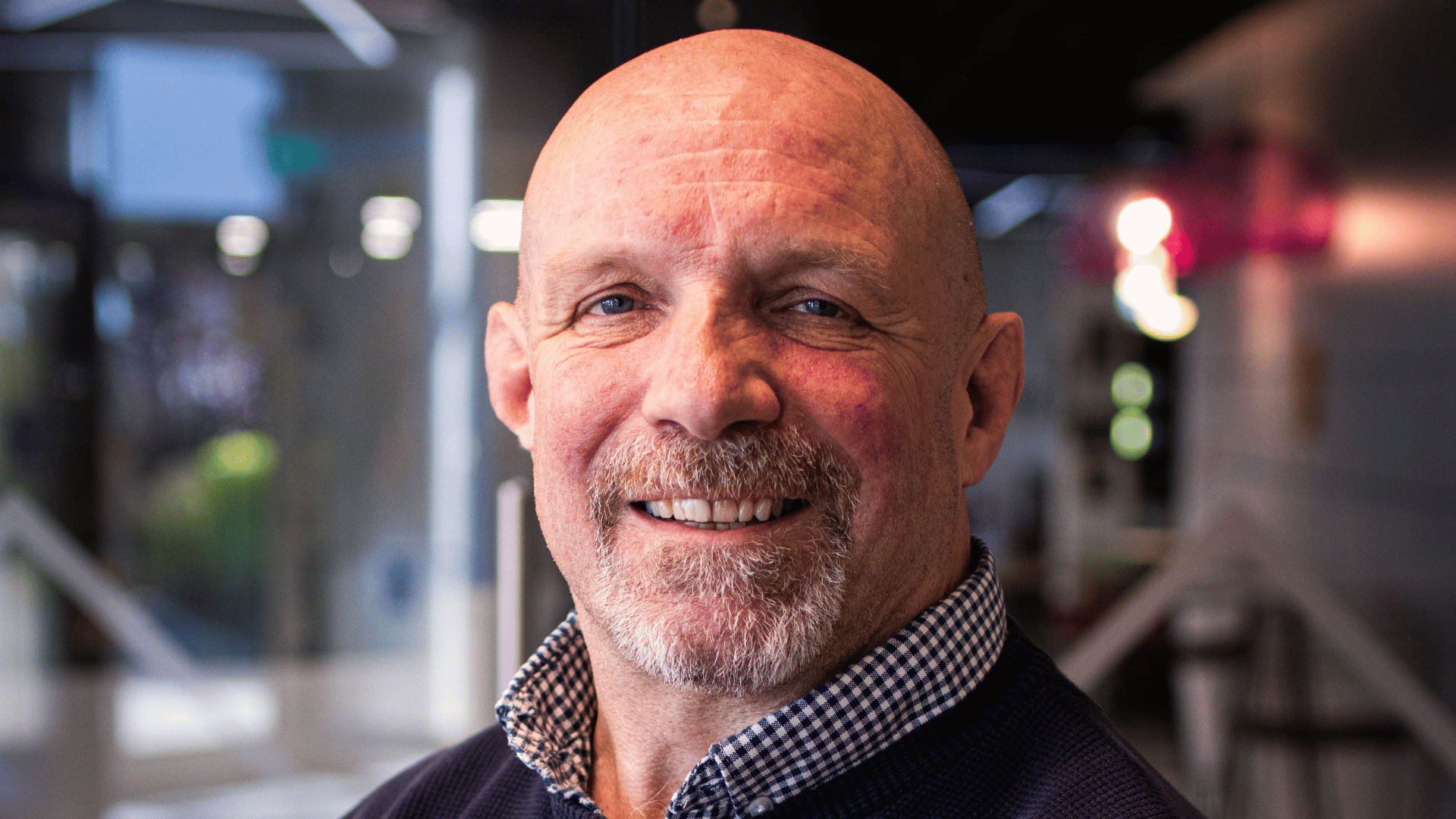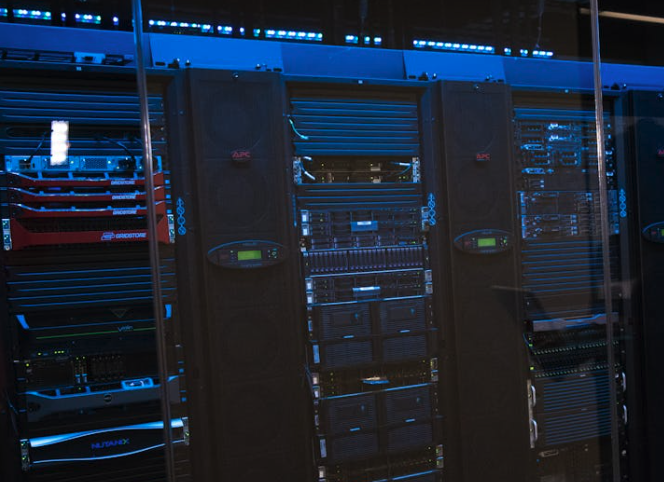Introduction
The Financial Times has painted a striking picture of today’s AI infrastructure boom: hyperscalers racing to construct multi-gigawatt data centres, billions invested in GPUs, and nation states vying to host clusters. But behind the headlines lies a set of questions every business must ask. Is bigger always better? What are the risks of overbuilding? And where do smaller, sovereign markets like the Isle of Man fit in?
The Rise of the AI “Factory”
The FT report highlights projects on a scale that dwarfs traditional facilities: Meta’s 2GW sites, OpenAI’s $100bn “Stargate” campus, and Microsoft’s return to nuclear power to feed demand. At the heart of these sites are racks of GPUs consuming up to ten times more energy than conventional servers, with designs so demanding that facilities under construction have been torn down and rebuilt.
This illustrates a fundamental shift: data centres are no longer just infrastructure — they are now strategic engines for national competitiveness and corporate dominance.
AI Data Centre Energy Use
One of the most urgent challenges is power. AI data centres already consume 21% of Ireland’s electricity, with forecasts suggesting global demand could equal Japan’s total consumption by 2030. Meeting this demand will require the equivalent of dozens of Hoover Dams worldwide.
For businesses, this raises practical risks: potential delays in securing capacity, higher costs as grid supply tightens, and reputational pressure to ensure operations are sustainable.
Cooling Innovations for AI Workloads
Traditional air conditioning is no longer sufficient for AI-grade infrastructure. The FT notes that operators are increasingly adopting:
- Direct-to-chip liquid cooling for GPUs and TPUs
- Seawater cooling in coastal facilities
- Closed-loop water systems to reduce wastage
But these innovations come with cost and complexity, creating operational risks for companies dependent on hyperscale providers. Smaller, more adaptable facilities can often integrate tailored cooling solutions more efficiently.
Environmental and ESG Pressures
AI infrastructure’s environmental footprint is drawing scrutiny from regulators, investors, and the public. Billions of litres of water are consumed annually, often in drought-prone regions. And even as efficiency improves, the scale of growth risks offsetting these gains (a phenomenon known as the Jevons paradox).
For procurement leaders and CTOs, ESG compliance is no longer optional. Infrastructure partners must demonstrate genuine sustainability credentials.
Demand vs. Speculation
Perhaps the most striking concern raised in the FT article is whether current investment reflects actual demand. Some analysts see echoes of the dot-com bubble: billions poured into capacity without clear visibility on long-term utilisation.
This uncertainty could have consequences for businesses tied to long-term contracts with providers overexposed to speculative buildouts.
The Isle of Man as a Strategic Alternative
Where Dublin faces a moratorium until 2028, and US states are constrained by water and grid issues, the Isle of Man offers a realistic alternative:
- Low-latency proximity to the UK and Ireland
- 100% renewable-powered hosting aligned with net-zero commitments
- Regulatory certainty, including GDPR alignment and the world’s first regulated data marketplace framework
- Business and tax advantages for companies seeking cost-efficient yet resilient infrastructure
Rather than chasing headline-grabbing scale, the Isle of Man represents sensible, sustainable growth — a model that prioritises trust, compliance, and adaptability.
The FT’s investigation into AI data centres highlights both the extraordinary opportunity and the mounting risks of hyperscale buildouts. For business leaders, the lesson is clear: scale grabs headlines, but long-term success will be defined by sustainability, regulatory certainty, and performance.
In that context, the Isle of Man offers not just an alternative, but a smarter, more strategic choice for hosting AI workloads and safeguarding business resilience.
-cropped.svg)





.png)
